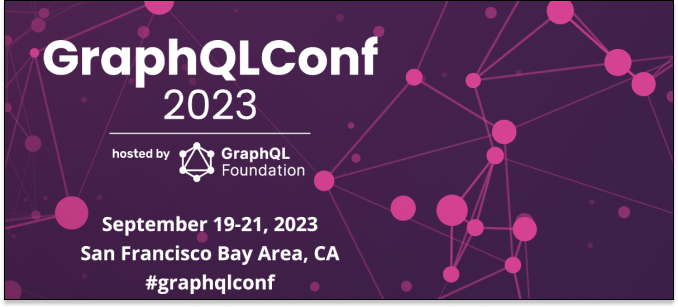Articles
In this guide, we’ll look at how to build a GraphQL API in Node.js with Apollo Server. By running it on Azure Functions with Cosmos DB for data storage, we can build a highly scalable serverless GraphQL API, removing the need to manage server infrastructure.
In this article, you will see a practical example of building a unified GraphQL API (supergraph) composed of multiple GraphQL APIs (subgraphs). This is achieved with Apollo Router which recently became generally available.
GraphQL is a great way to build strongly typed, self documenting applications. One of the key concepts in GraphQL is that the server provides a single endpoint where it exposes all the data in a graph like structure that the clients can request from. Hence, our application needs to control who (authentication) can see and interact with what parts (authorization) of the data it provides.
Tools & Open Source
Easy to use GraphQL performance analysis utility for profiling resolver execution time. Observe resolver execution time in your API with a visualization tool.
Podcasts & Shows
Benjie Gillam is a community-funded open source developer and maintainer of PostGraphile from the UK. He's also a GraphQL Technical Steering Committee member, and a GraphQL trainer and consultant. Tune in to learn about his perspective on all things PostGraphile, GraphQL, working on open source, and the GraphQL Foundation.
Videos
In this talk Uri explores creating a GraphQL Server from scratch with GraphQL Yoga. We’ll explore using plugins with Envelop, Subscriptions with Server Sent Events, and working with a database in Server Context.
Let's talk about what GraphQL is, and can what it can do, with Kirupa Chinnathambi (Product Manager at Google).
